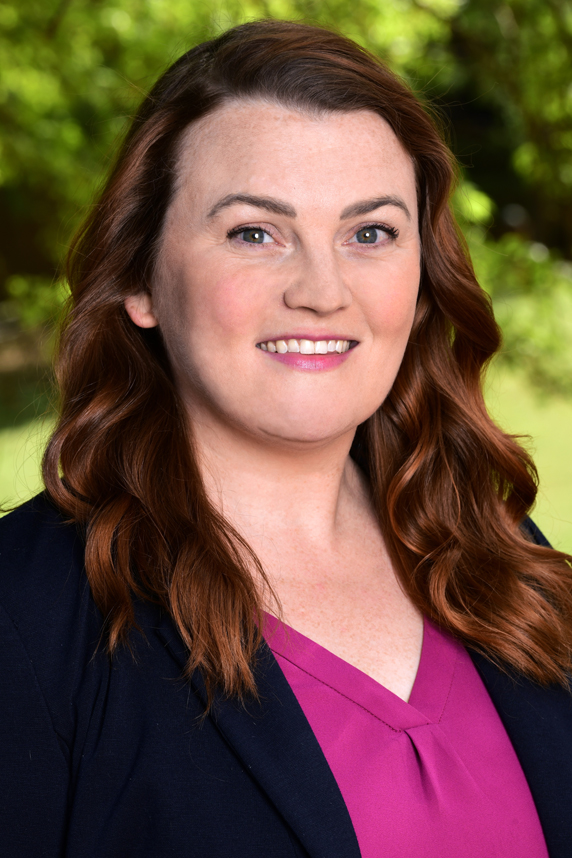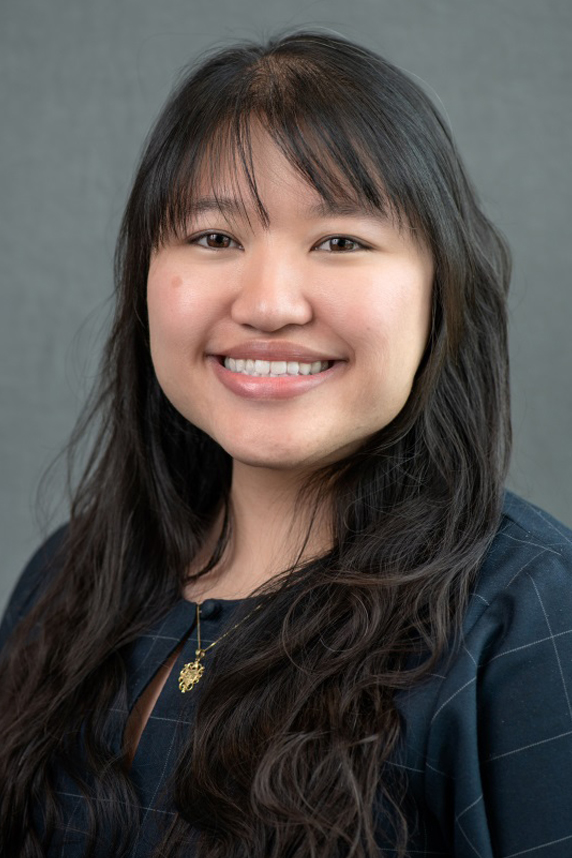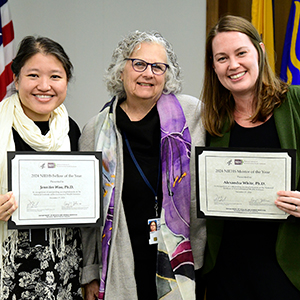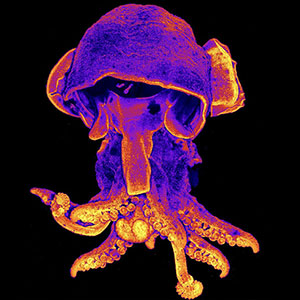NIEHS predoctoral and postdoctoral fellows accepted the challenge to explain their biomedical research in three minutes, using language that a general audience could understand. The annual event, held in person and online March 9, is part of a larger NIEHS effort to help trainees sharpen the skills they need to convey their work to nonscientists.
“Communicating our science to a broad audience is an essential skill, and we are excited to offer this challenge as part of the NIEHS Fellows’ training program,” said Mercedes Arana, Ph.D., Office of Fellows’ Career Development (OFCD) director.
Tough competition

Three winners were chosen: Kathryn Dalton, Ph.D., VMD, and Jennifer Woo, Ph.D., both postdoctoral fellows in the Epidemiology Branch; and Mackenzie Dickson, Ph.D., a Reproductive and Developmental Biology Laboratory postdoctoral fellow. Dalton, the first-place winner, will advance to the National Institutes of Health-wide three-minute talk competition in June.
“All the three-minute research talks were outstanding in both scientific rigor and presentation quality,” said Dalton. “I’m honored and thrilled to represent the diverse research conducted here at NIEHS and could not have done it without my lab.”
Communicating research
In her presentation, Dalton described her research exploring how environmental exposures cause health effects through the microbiome, or the collection of microorganisms living on and inside our bodies. For example, in the Agricultural Health Study, she and her team found differences in the microbiomes of agricultural workers based on farm types and tasks.
Workers on large facility farms can experience certain types of cancer and overall increased mortality, which Dalton said is reason enough to look closely at microbes at individual sites.
“The microbes surrounding these farm workers can be an indicator of how workers are affected,” said Dalton. “When you’re enjoying dinner this evening, let’s think about how we can increase the health and safety of the workers on the farm that produced your food.”

Communicating with affected communities
Second-place winner Woo discussed her research on obesity, which affects more than 40% of adults and disproportionately impacts those from marginalized populations.
“We know that adult social factors are related to obesity," Woo said. "However, less is known about the role of the childhood social environment. Identifying periods when interventions may be most effective could help reduce obesity-related health disparities.”
Woo examined data from 50,000 women and found that increases in certain factors that indicate poor childhood social environments could increase adult obesity risk by 16%.

“Furthermore, we learned that a better social environment in adulthood did not protect against obesity risk for those growing up in poor social environments,” Woo noted. “These findings suggest that poor childhood social environment is an important risk factor for obesity, independent of what happens in adulthood. This has important policy implications, as it highlights the value of childhood interventions in obesity prevention.”
Dickson won third place for communicating her work to understand the impact of lingering per and polyalkyl fluorinated substances (PFAS) on uterine biology. Dickson examined the effects of PFAS on certain cells of the uterus, which must change their makeup to allow a fetus to grow.
Regarding her finding that residual PFAS did not affect stromal cells at the pre-fetal period, Dickson said, “There are many other aspects of the reproductive cycle and pregnancy that could be altered and can be researched.”
(Catherine Arnold is a contract writer for the NIEHS Office of Communications and Public Liaison.)










